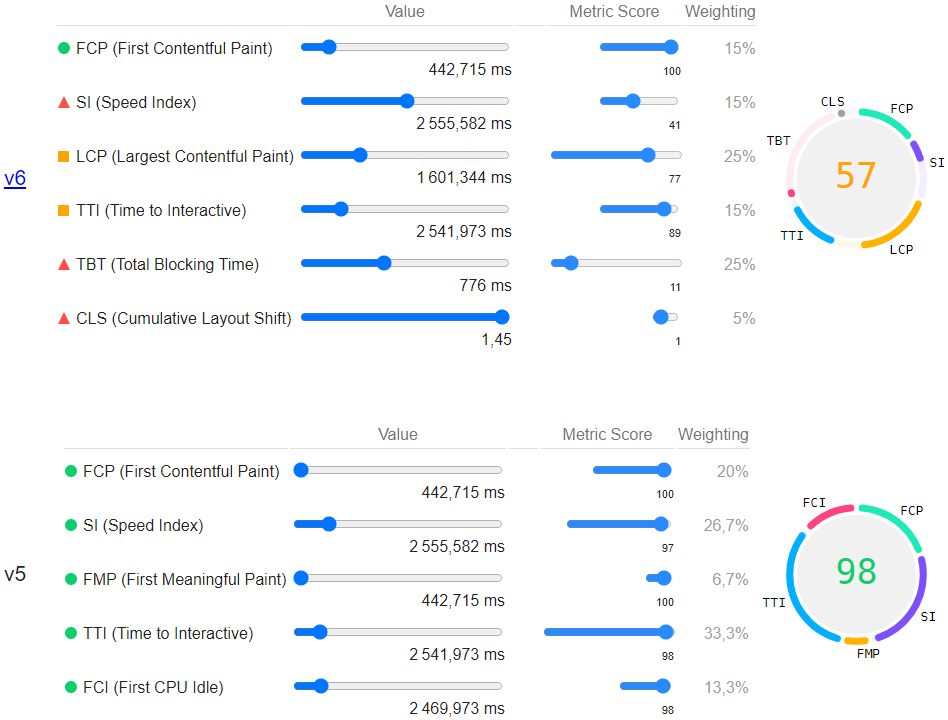
The peripheral afferent endings are specialised to detect mechanical and chemical stimuli evoked within the GI tract in response to food intake. GI vagal afferents play an important role in the regulation of food intake and GI function, orchestrating both physiological and behavioural aspects of food intake in order to ensure energy requirements are maintained. Vagal efferents, with the cell bodies located in the dorsal motor nucleus of the vagus (DMV), relay signals from the brain to the gut coordinating motor responses to maintain digestive function ( Rogers et al., 1995). Furthermore, vagal afferents also form direct monosynaptic connexions ( Rinaman et al., 1989) and indirect interactions (via second order neurons) ( Grabauskas and Owyang, 2017) with the efferent fibres in the nucleus tractus solitarius (NTS) to regulate the vago-vagal reflex. They share similarities in gene expression of somatosensory markers ( Kupari et al., 2019), suggesting a possible similar function of jugular neurons and spinal afferents. The jugular neurons are derived from the neural crest, the same cell source as spinal afferent neurons. In addition, a small number of jugular vagal afferents, with cell bodies in the jugular ganglia, also project to GI regions ( Yu et al., 2005). The predominant function of this traffic is to transmit innocuous signals evoked by food related stimuli in the GI tract. The GI vagal afferent cell bodies are located in the nodose ganglia (NG), originating from the epibranchial placode ( Baker and Bronner-Fraser, 2001). Instead, the lower GI tract is densely innervated by spinal afferents whose cell bodies lie in the dorsal root ganglia (DRG) ( Spencer et al., 2016b). Visceral projection of vagal afferents is highly prevalent in the upper gastrointestinal (GI) tract and the density is gradually decreased further down the gut ( Berthoud and Neuhuber, 2000).

Vagal sensory pathways facilitate signal transmission from the visceral endings in the gut through the vagal ganglia, where the cell bodies are located, and terminate in the brainstem. The vagus nerve comprises of both sensory and motor neurons with the number of afferent fibres out-numbering the efferent fibres by about 9 to 1 ( Agostoni et al., 1957). The vagus nerve provides bidirectional communication between the gut and the brain.
Sap movement type 344 and 555 how to#
Investigating the distribution of GI vagal afferent subtypes and understanding how to access and modulate individual populations are essential to dissect their fundamental roles in the gut-brain axis. This review examines the classification of GI vagal afferent subtypes and discusses the current available techniques to study vagal afferents. In the past decade, technical approaches to selectively target vagal afferent subtypes and to assess their function has significantly progressed. Numerous subtypes of GI vagal afferent have been identified but their individual roles in gut function and feeding regulation are unclear. Gastrointestinal (GI) vagal afferents convey sensory signals from the GI tract to the brain.

3Center for Integrative Cardiovascular and Metabolic Disease, University of Florida, Gainesville, FL, United States.2Department of Pharmacodynamics, College of Pharmacy, University of Florida, Gainesville, FL, United States.1Vagal Afferent Research Group, Adelaide Medical School, The University of Adelaide, Adelaide, SA, Australia.Wang 1, Guillaume de Lartigue 2,3 and Amanda J.


 0 kommentar(er)
0 kommentar(er)
